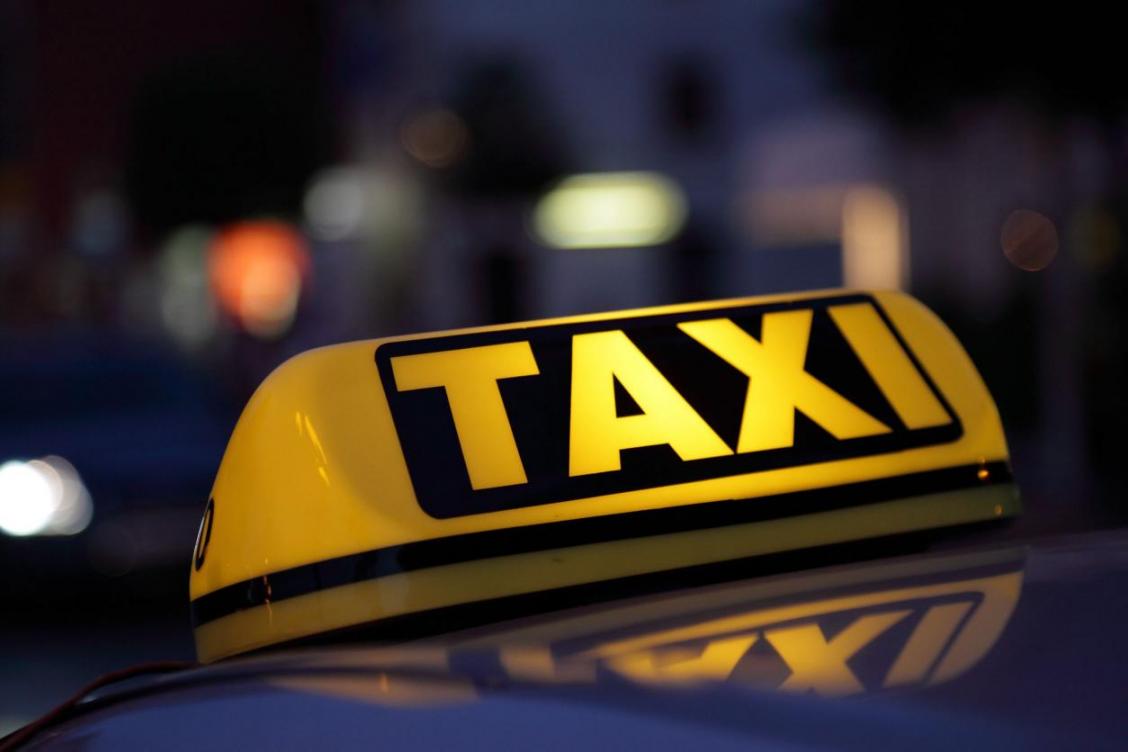Uber, the mobile phone application that lets people pick up unofficial (illegal taxis) in over 80 cities worldwide has had an amazing ascension in recent months. Back in later summer, the online taxi application was valued at $18.2 billion by a group of the world’s top investors.
Currently, the five year old application said in June that the company was able to raise $1.2 billion from a group of investors led by a leading mutual-fund giant, called Fidelity Investments.
On the back of Iran’s emergence as a country which adores technology and mobile applications technology, one company has already taken the lead on the “Uber issue” if it were to enter Iran, post sanctions. That new mobile application startup is called taxiyaab (Taxi Finder).
A local company created by Iranian expatriates who have an interest in the tech sector. Hot on the heels of their other new service, bodofood.com – a company which lets consumers order food online or through a mobile application, taxiyaab aims to internalize the workings of Uber for the local Iranian environment.
Hooman Damirchi, Director of Taxiyaab, said in an interview that his new company has been active since October 1, 45 days, and although they haven’t advertized they are receiving orders. He added that his start-up is gaining momentum amongst its small clientele of people wanting taxis.
Damirchi added that the company since its inception has attempted to meet the market demand; however he did add that currently the service is only available in Tehran. He wasn’t able to give the Financial Tribune further details on the number of drivers he currently has. Iranian entrepreneurs – never one to miss out on a new emerging industry – have also had their issues when dealing with the new industry.
Like previously mentioned in my prior articles, mobile internet in Iran is spotty at best. Currently RighTel, Iran’s main 3G mobile internet network has had a lackluster take-up of their services, less than 1 percent of total market penetration.
Thus meaning an application like Taxiyaab will struggle as most people would have to jump onto a wifi network whilst their outside.
Cost Would Kill Uber
The main issue Uber would face entering a resurgent Iranian economy would be, the disparity between fairs they earn abroad and the average fair they would earn in a city like Tehran.
First of all, the regulated taxi market in Iran, has two main systems; these are the main green or yellow taxi companies which flood the roads with the metered and unmetered carriers, along with the traditional system (compared with Uber) of Ajans (agency), which are private taxi offices having a selection of drivers on call at any time of the day, or night.
These two systems alone would seriously hamper any entry to the local market for the international unofficial taxi company. Uber, for its part would most probably face objections from both well connected company owners – who would slow the progress of the company into the market – and the prices the other companies offer, which undercut Uber to the point that entry seems virtually impossible.
Price Discovery
The average cost of a taxi fare from one end of the city to the other (16km), would top out at around 200,000 rials, roughly $6.50 at free market rate. In comparison the average cost of an Uber taxi in Istanbul would be a $6.20 or 190,000 rials just to order the car, and an additional 4 Lira per km.
Working on that cost per kilometer, if the American company wanted to enter the Iranian market, the same ride would cost 896,000 rials, add the callout fee, and that would total 1,080,000 rials for the same ride. Thus making the American company at least 5X more expensive than the local equivalent.
There is also the added issue, of government regulation, which would resist any outsider wanting to enter the local market, and if Iranian taxi firms are anything like the other small industries in the country they would quickly move to bolster their position in the market against any new outsider.


